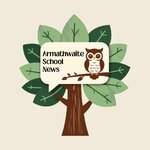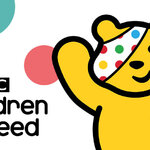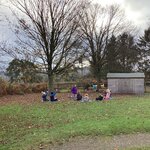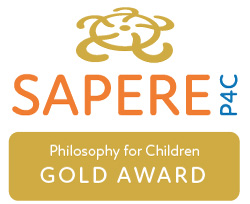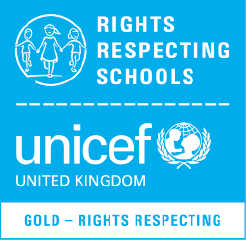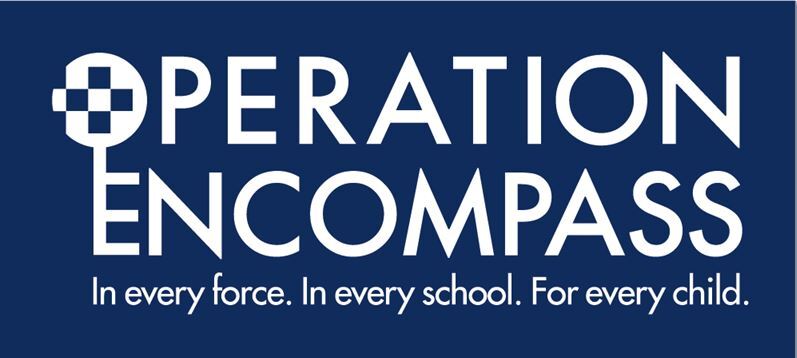Design and Technology is a fantastic subject. It is so interesting and inspiring, involving creative and critical thinking skills to solve problems and find new and innovative ways of designing and making all kinds of products.
In Design and Technology children work through a process to design and make their own products. This begins with identifying what it is you will design and make. Once you have a goal in mind the process begins with evaluation of existing made products, moving on to acquiring and developing the knowledge and skills needed, which are then used and applied to design and make something amazing!
There are three areas of focus in DT:
- Resistant materials ~ the focus here is on structures and mechanisms and control
- Food Technology ~ we learn about nutrition and food for health, alongside food preparation techniques, from peeling a carrot to juicing a lemon, making our own granola to preparing a 3 course meal!
- Textiles ~ learning to sew and work with fabrics in a variety of ways.
Design Technology works really well alongside science, particularly physics; science looks at why and DT looks at how. DT also links to other curriculum areas such as history, art and geography. Children learn about global perspectives, for example studying homes and shelters from around the world ~ construction techniques and materials used and the reasons for these choices. It offers opportunities to consider environmental perspectives and also links well to the rights of the child (UNICEF). Many children use, apply and transfer DT skills across other curriculum areas, especially child-initiated independent learning. There are strong links to English (reading recipes, carrying out research, drawing designs, making lists) and maths, particularly shape, space and purposeful, relevant measurement. What a wonderful subject it is!
You can see the National Curriculum Design and Technology Programmes of study by clicking on the link below
.png)
